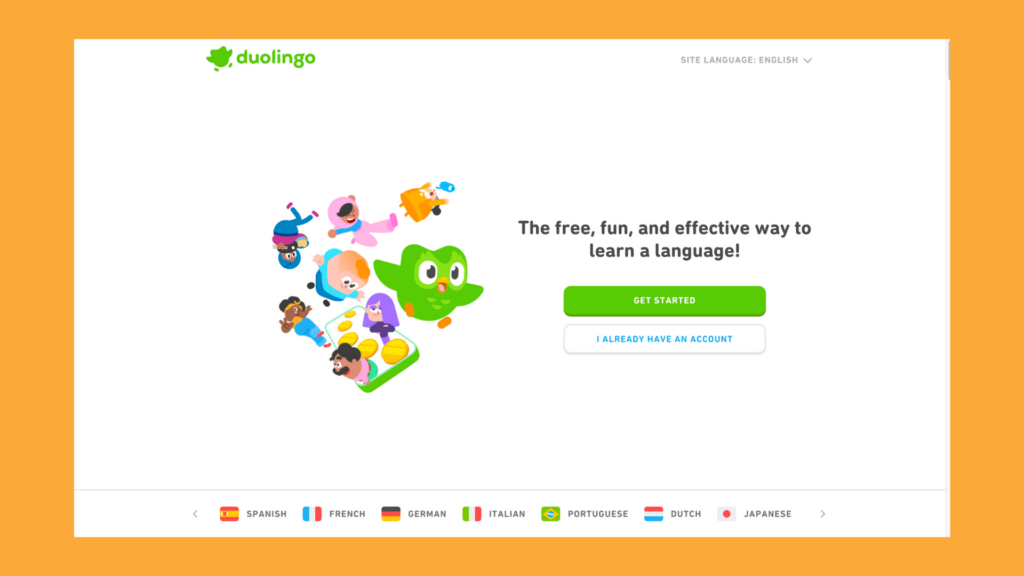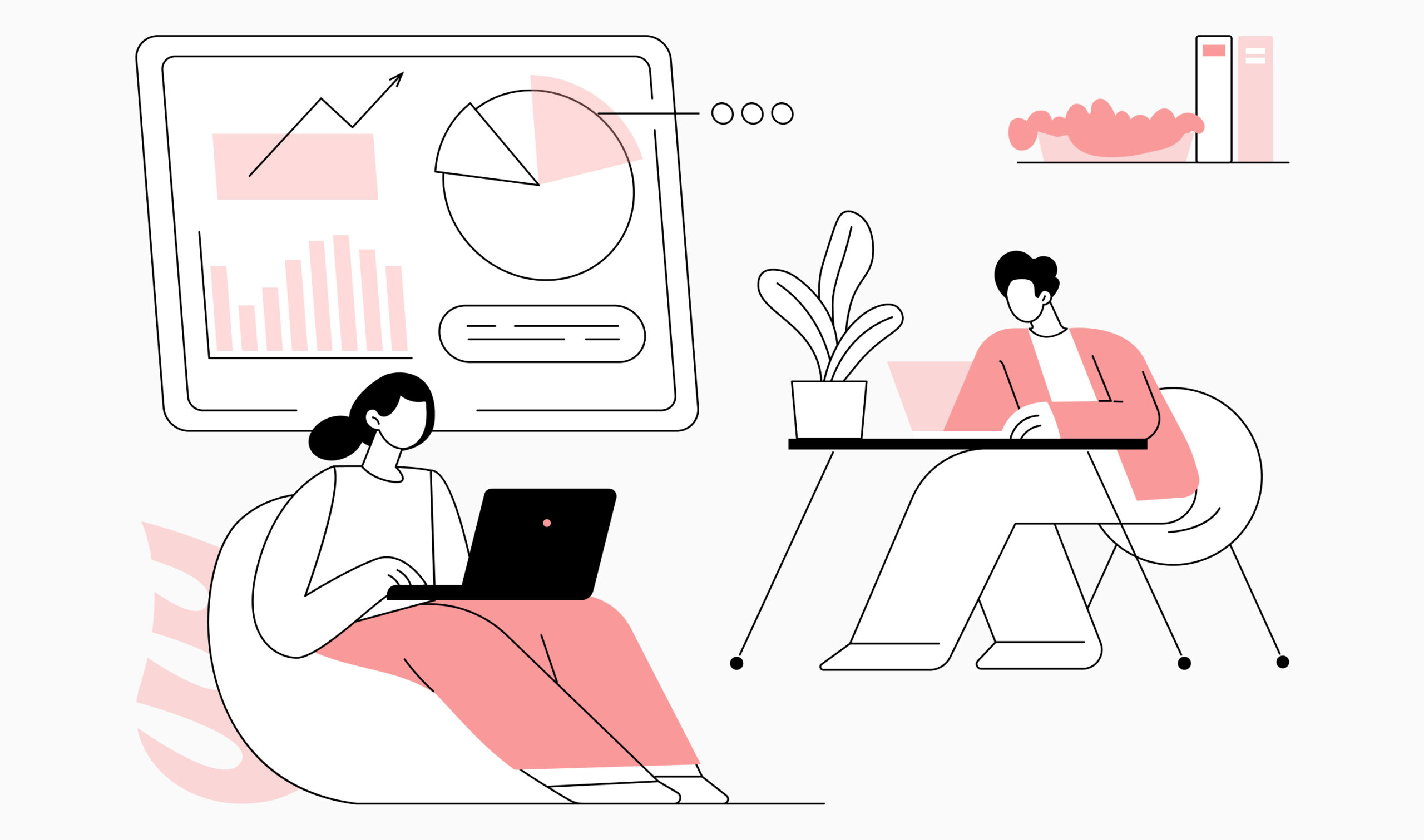
Bridging the Gap: How Brand Strategy and UX Design Work Together to Create Unforgettable Experiences
In today’s digital age, where user experience (UX) design has become increasingly crucial for business success, the role of brand strategy has also evolved to play a pivotal role in shaping unforgettable user experiences. This article delves into the interconnectedness of brand strategy and UX design, exploring how they work together to create cohesive, engaging, and impactful user experiences.
Table of Contents
The Evolving Landscape of UX Design and Brand Strategy
In the past, UX designers were primarily focused on creating functional and aesthetically pleasing interfaces. However, as brands have recognized the power of UX to shape customer perceptions and drive business growth, UX designers have evolved into integral players in crafting brand narratives and experiences.
Brand strategy, on the other hand, has traditionally focused on defining a brand’s identity, vision, and messaging. However, in today’s experience-driven economy, brand strategy has expanded to encompass the entire user experience, ensuring that every touchpoint aligns with the brand’s core values and messaging.
Brand Consistency: The Cornerstone of Trust

Trust is a currency that brands earn from their users, and brand consistency is the vehicle through which this trust is built and maintained. Users seek familiarity and reliability in their interactions with a brand, and consistency across various touchpoints is the key to delivering on these expectations. When users encounter a consistent brand presence across websites, mobile apps, social media, and other platforms, it reinforces a sense of reliability, making the brand more trustworthy in the eyes of the consumer.
Aligning Visual Elements, Tone, and Messaging with the Brand’s Established Identity
To achieve brand consistency, UX designers must meticulously align visual elements, tone, and messaging with the brand’s established identity. Visual consistency involves maintaining a uniform design language, color palette, and typography across different interfaces. This ensures that users can easily recognize and associate the design elements with the brand, fostering a seamless and recognizable visual experience.
Moreover, consistency in tone and messaging is equally crucial. The language used in communication, be it through text, images, or interactive elements, should reflect the brand’s personality consistently. This alignment creates a unified voice that resonates with users, contributing to the overall cohesiveness of the user experience.
Reinforcing Brand Identity at Every Touchpoint
User interactions with a brand occur at various touchpoints, ranging from a website visit to a social media engagement or an in-app interaction. Reinforcing brand identity consistently at each of these touchpoints is imperative. This reinforcement goes beyond visual aesthetics; it extends to the overall user journey and the emotions evoked at each interaction.
Enhancing User Engagement through Emotional Connection

Brand Personality
A brand’s personality is its unique set of traits and characteristics that define its essence. It’s what makes the brand stand out from the crowd and resonates with its target audience. Infusing this personality into UX design can create a cohesive and emotionally engaging experience for users.
For example, a brand with a playful and fun personality might use bright colors, whimsical animations, and interactive elements to create a sense of excitement and joy. On the other hand, a brand with a more sophisticated and elegant personality might opt for a minimalist design with subtle details and a focus on typography.
Eliciting Positive Emotions
UX design can be used to elicit a wide range of positive emotions, such as happiness, excitement, and satisfaction. These emotions can create a more memorable and enjoyable experience for users, making them more likely to return to the brand and engage with its products or services.
Evoking Brand Values and Positioning
UX design can also be used to evoke brand values and positioning, shaping user perceptions and reinforcing the brand’s identity. This can be achieved by using design elements that are consistent with the brand’s overall messaging and aesthetic.
For example, a brand that values sustainability might use eco-friendly materials and design elements that reflect its commitment to environmental responsibility. Similarly, a brand that values innovation might use cutting-edge technologies and design trends to showcase its forward-thinking approach.
Elevating UX Design through Brand Strategy
Harnessing the Power of Narrative
Brand storytelling goes beyond simply crafting a catchy slogan or marketing campaign. It’s about weaving a compelling narrative that resonates with the brand’s core values, mission, and target audience. By incorporating storytelling techniques into UX design, brands can create immersive experiences that not only guide users through their product or service but also leave a lasting emotional impact.
Seamless User Journeys: Aligning Experience with Narrative
UX design provides the framework for creating a seamless user journey that aligns with the brand’s narrative arc. From the initial interaction to the final touchpoint, each step should contribute to the unfolding of the brand’s story. This ensures that users are not just completing tasks but rather embarking on an engaging and memorable experience.
Elevating User Engagement and Brand Recall
Effective storytelling in UX design can significantly enhance user engagement and brand recall. By incorporating storytelling elements such as character development, conflict resolution, and emotional triggers, brands can create experiences that captivate users’ attention and leave a lasting impression.
Strategies for Storytelling Success
To successfully integrate storytelling into UX design, brands should consider the following strategies:
- Define the brand’s story: Clearly articulate the brand’s narrative, including its core values, mission, and target audience.
- Identify storytelling opportunities: Recognize opportunities to weave the brand’s story into UX touchpoints, such as user onboarding, product features, and error messages.
- Employ storytelling techniques: Utilize storytelling techniques such as character development, conflict resolution, and emotional triggers to enhance user engagement.
- Align storytelling with brand identity: Ensure that the storytelling elements are consistent with the brand’s overall identity and messaging.
- Continuously refine and adapt: Regularly evaluate the effectiveness of storytelling efforts and make adjustments as needed.
Navigating the Interconnectedness of Brand Strategy and UX Design

The Importance of Collaboration
Effective collaboration between brand strategists and UX designers is crucial for achieving a cohesive brand experience. Brand strategists bring a deep understanding of the brand’s identity, target audience, and objectives, while UX designers possess the expertise to translate these insights into meaningful and engaging user experiences.
Through open communication and a shared commitment to the brand’s success, brand strategists and UX designers can work together to ensure that every aspect of the user experience aligns with the brand’s overall strategy.
Fostering a shared understanding of the brand’s objectives, target audience, and overall vision.
To foster a shared understanding between brand strategists and UX designers, it is essential to establish clear communication channels and regular collaboration opportunities such as:
- Joint workshops and brainstorming sessions to align on brand goals and user needs
- Regular feedback loops to ensure that design decisions are consistent with brand strategy
- Cross-functional team meetings to share insights and perspectives
By fostering a culture of open communication and shared responsibility, brands can create a collaborative environment where brand strategists and UX designers work together as partners to achieve a unified and successful brand experience.
The Symbiosis in Action: Real-World Examples
Several successful examples highlight how brand strategy has elevated UX design.

Case Study 1: Airbnb
Airbnb, the home-sharing platform, has masterfully combined brand strategy and UX design to create a seamless and engaging user experience. The brand’s core values of community, belonging, and authenticity are deeply embedded in the UX design, fostering a sense of connection and trust among users.
Brand Strategy: Airbnb’s brand strategy emphasizes creating a sense of community and belonging, encouraging users to feel like they are part of a global network of travelers.
UX Design: Airbnb’s UX design reflects this brand strategy by emphasizing user profiles and property descriptions that highlight the unique stories of hosts and accommodations. This storytelling approach allows guests to connect with the people and places they are visiting, creating a more memorable and personalized experience.
Impact on User Experience and Business Outcomes:
Airbnb’s brand-driven UX design has had a significant impact on user experience and business outcomes. The platform has consistently received high user satisfaction ratings, and it has become one of the most popular and trusted travel brands in the world.

Case Study 2: Nike
Nike, the sportswear giant, has successfully leveraged brand strategy to elevate UX design, creating a cohesive and inspiring user experience. The brand’s core values of innovation, performance, and inspiration are evident in both its digital products and services.
Brand Strategy: Nike’s brand strategy focuses on inspiring and motivating athletes of all levels. The brand consistently communicates its values through storytelling, showcasing the stories of inspiring athletes and everyday individuals who embody the Nike spirit.
UX Design: Nike’s UX design aligns with this brand strategy by incorporating storytelling elements into its marketing campaigns and digital products. The brand’s website and mobile app feature inspiring stories and videos that showcase the power of sport to transform lives.
Impact on User Experience and Business Outcomes:
Nike’s brand-driven UX design has contributed to the brand’s strong reputation and loyal customer base. The brand has consistently outperformed its competitors in terms of sales and brand equity.

Case Study 3: Duolingo
Duolingo, the language learning app, has transformed the way people learn languages by combining gamification with a strong brand strategy. The app’s playful and engaging UX design makes language learning fun and accessible, aligning with the brand’s core values of making language learning enjoyable and effective.
Brand Strategy: Duolingo’s brand strategy emphasizes making language learning fun and accessible to everyone. The brand’s messaging is focused on the transformative power of language learning and the ability to connect with new cultures and people.
UX Design: Duolingo’s UX design reflects this brand strategy by incorporating gamification elements into the learning process. The app uses badges, challenges, and leaderboards to motivate users and make learning fun.
Impact on User Experience and Business Outcomes:
Duolingo’s brand-driven UX design has been instrumental in the app’s success. Duolingo has over 300 million users worldwide and is one of the most popular language learning apps available.
These examples demonstrate the power of brand strategy to elevate UX design. By aligning UX design with brand values and messaging, brands can create cohesive and engaging user experiences that strengthen brand identity and achieve their business goals. By embracing the interconnectedness of these two disciplines, brands can create a more impactful and memorable digital presence.
Conclusion
The integration of brand strategy and UX design is a transformative force in today’s digital landscape. By creating cohesive, engaging, and impactful user experiences, businesses can effectively differentiate themselves, build brand loyalty, and drive business success. As UX design continues to evolve, embracing the symbiosis with brand strategy will be crucial for continued innovation and impact.
Take your company to the next level and get results with our world class user experience, interface design and implementation.
Get a FREE 30 min Strategy Session

Related posts
The End of Duolingo? How ChatGPT-4 is Taking Over Language Learning!
In an era where artificial intelligence (AI) is rapidly transforming industries, the landscape of employment is witnessing unprecedented shifts. One […]
Design Psychology: 4 Principles that Empower Designers – Part 2
This is part 2 of our 4-part series on basic design psychology, tackling design for humans and for the lazy. […]
Case study: How Duolingo Utilises Gamification to Increase User Interest
“We created Duolingo in 2011 with a mission to develop the best education in the world and make it universally […]
Creative product design that gets results
Take your company to the next level with world class user experience and interface design.
get a free strategy session



